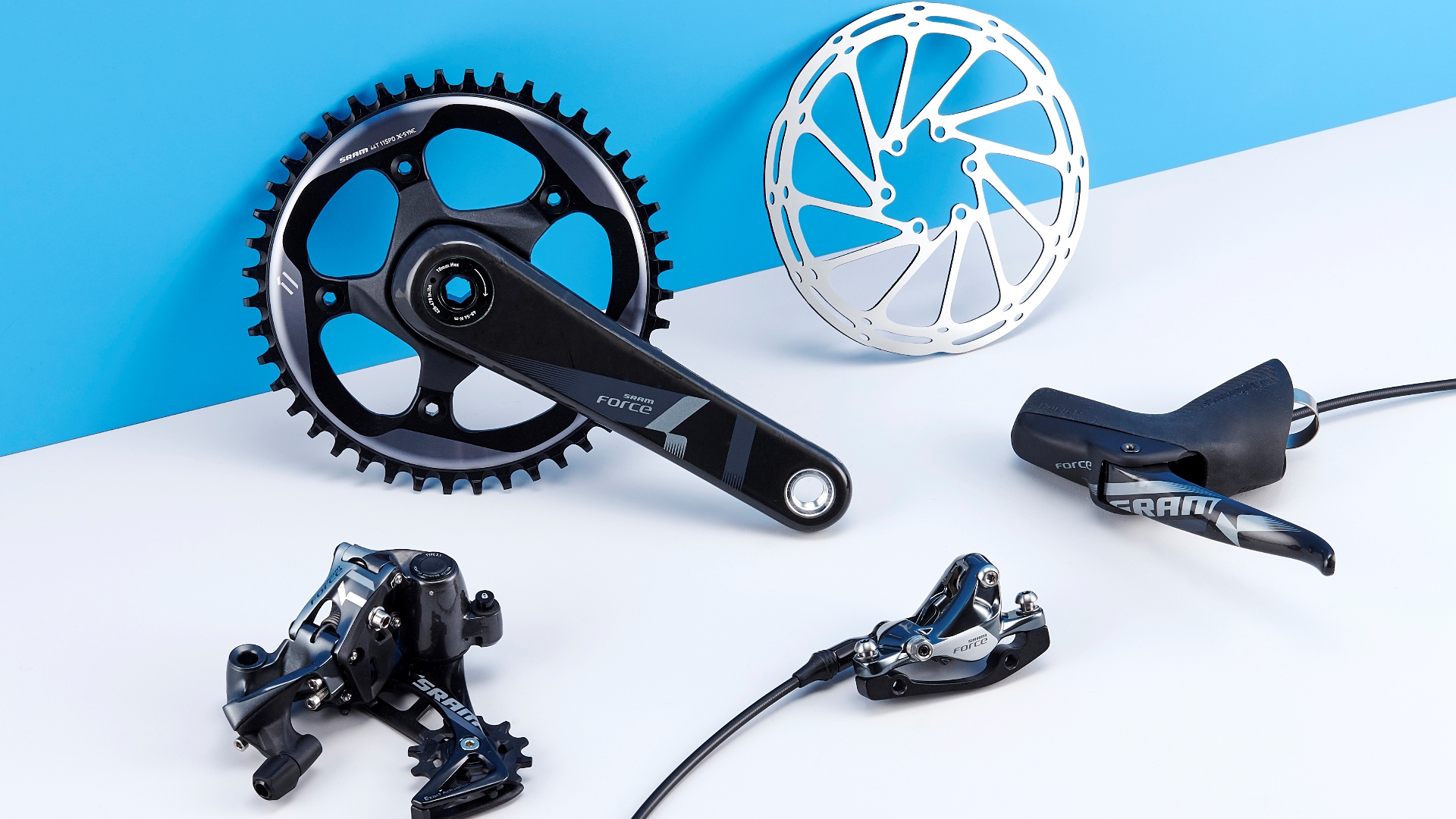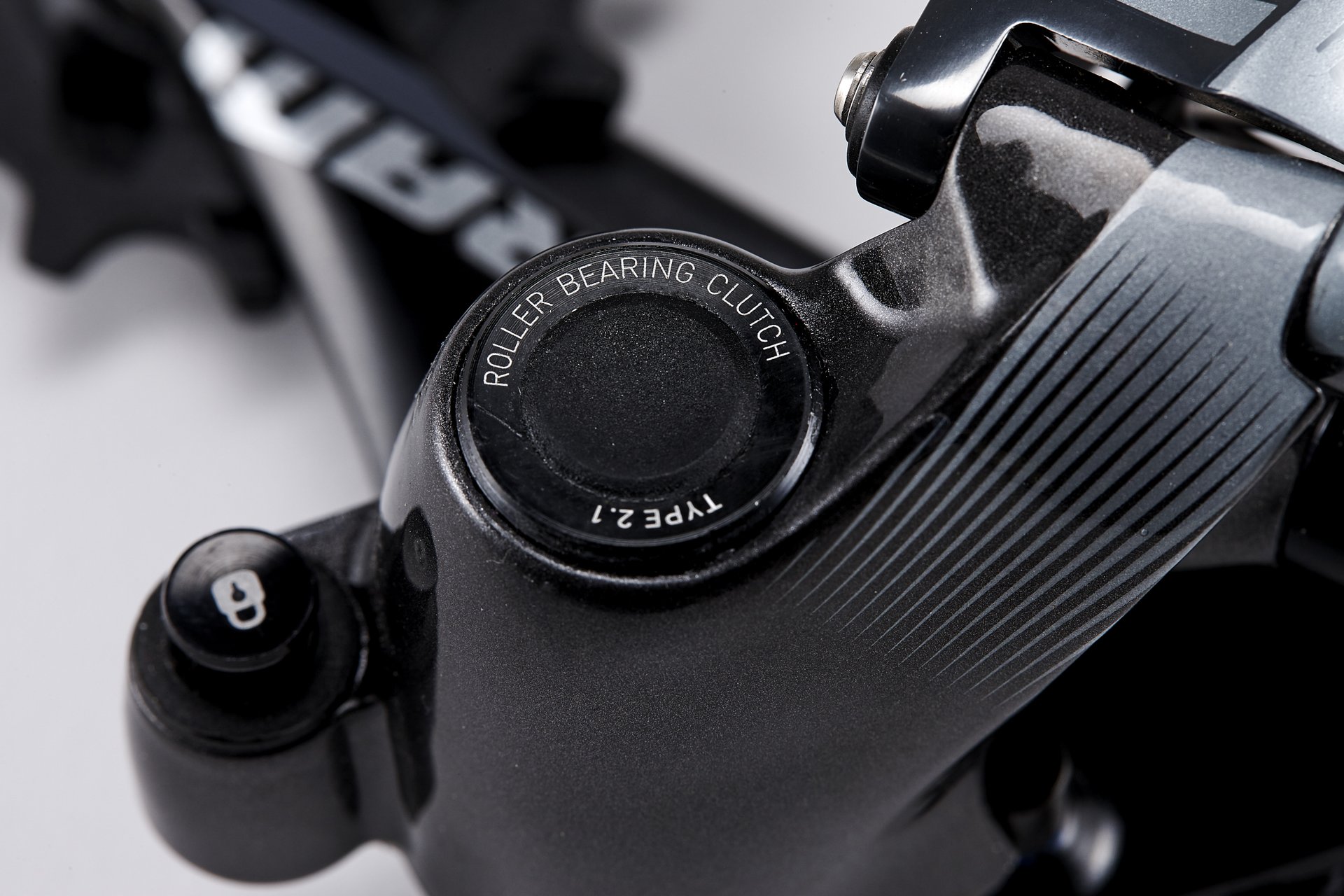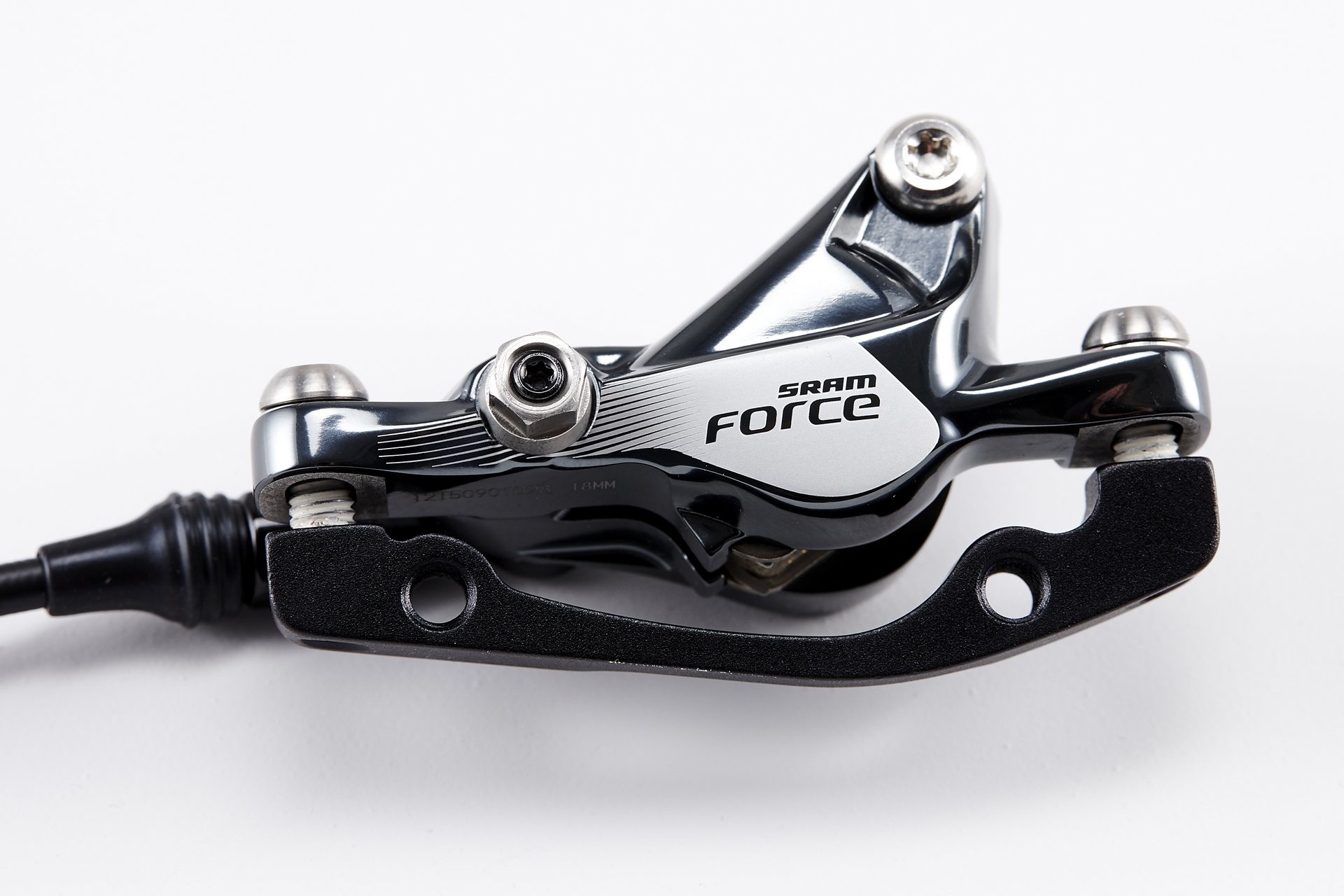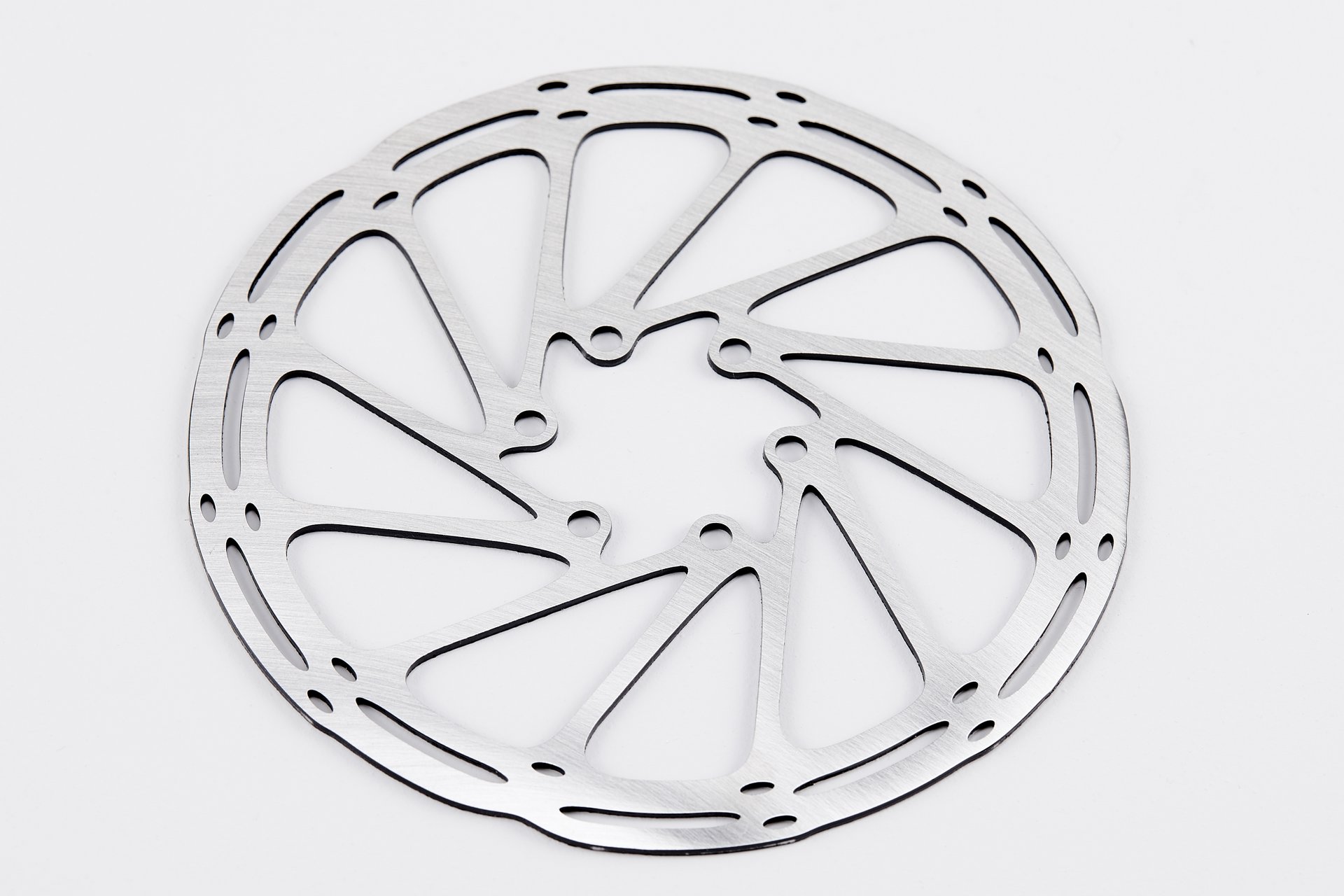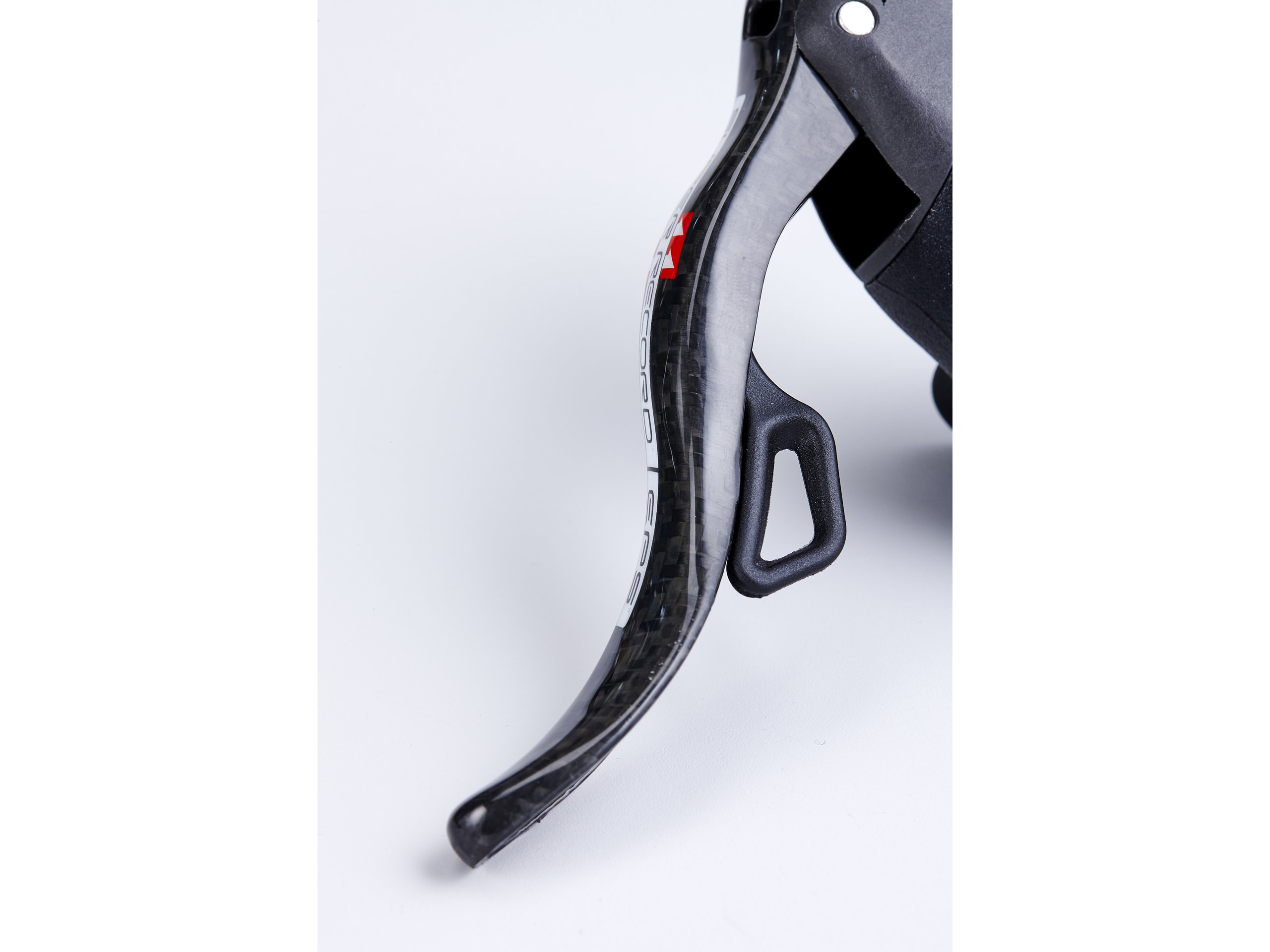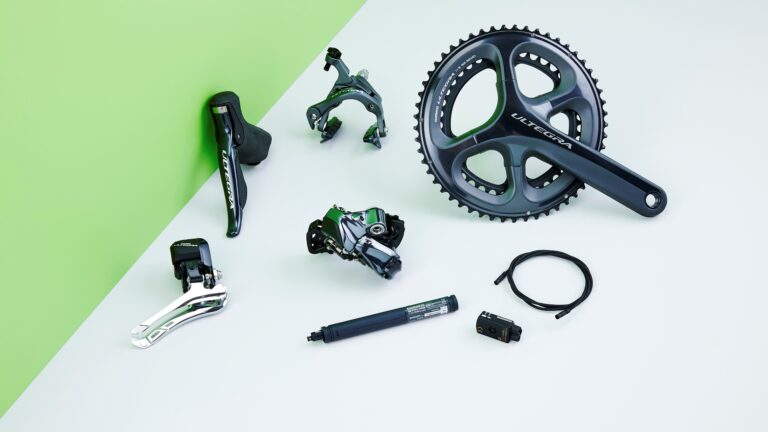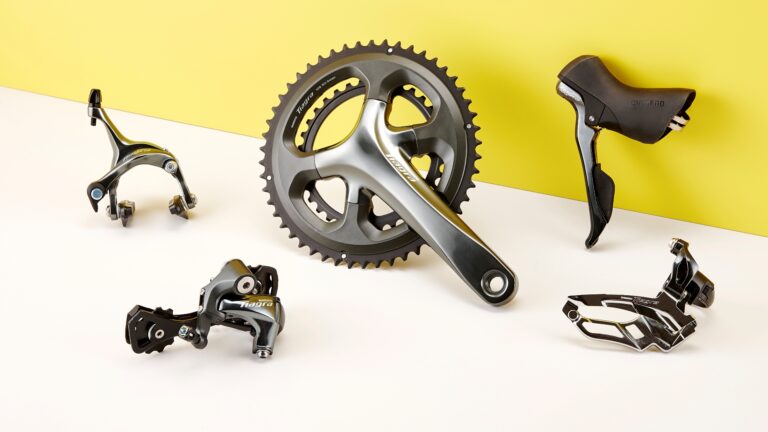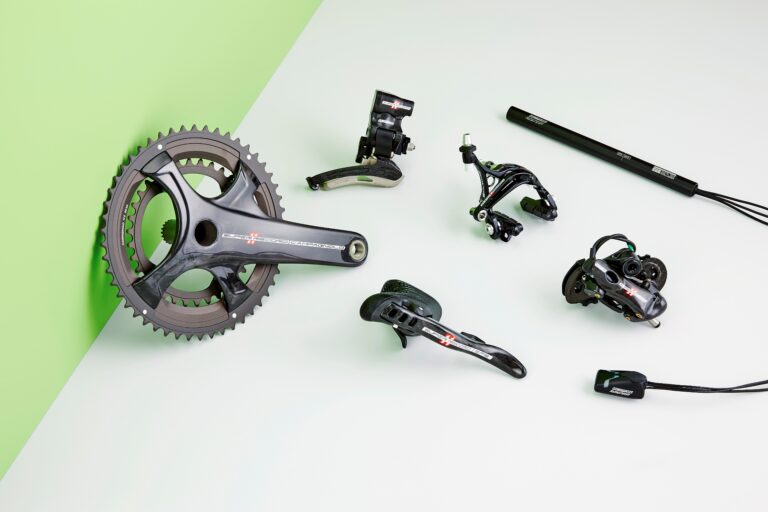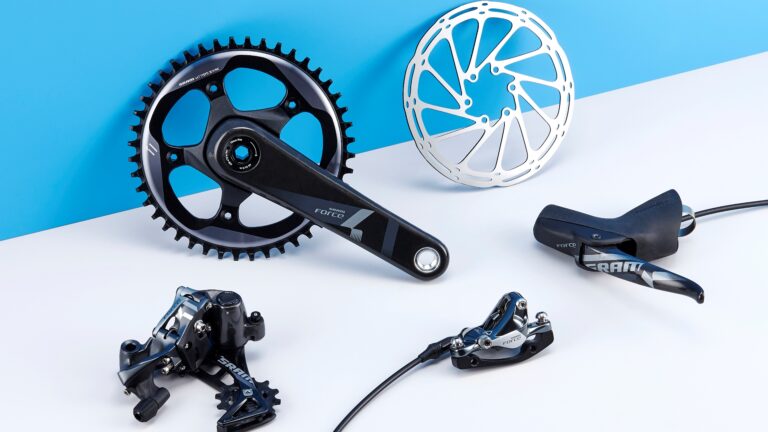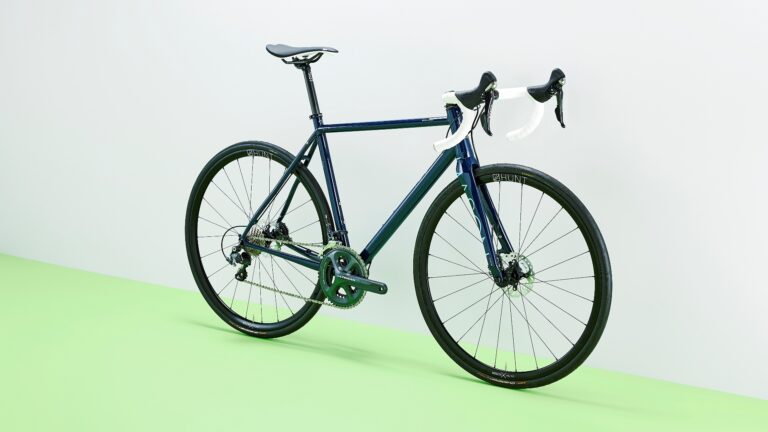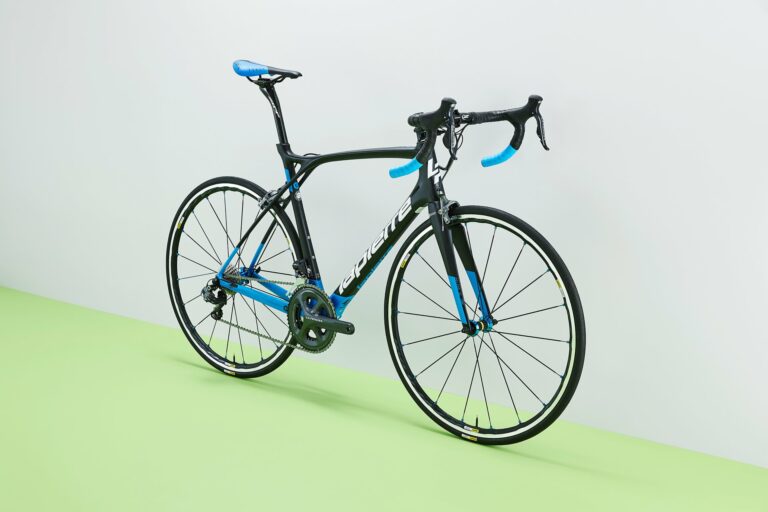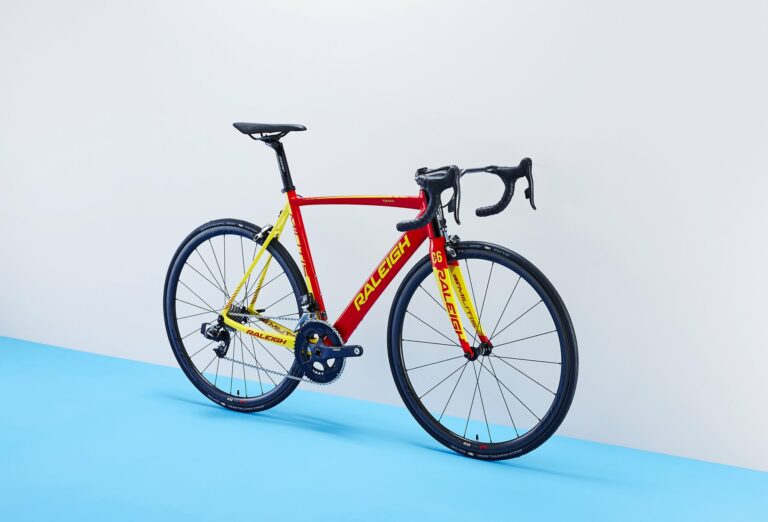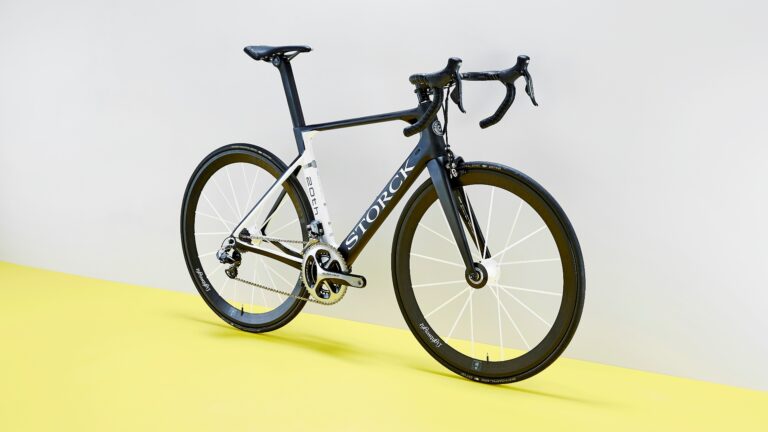The idea behind the 1X groups is so blindingly obvious it’s a wonder nobody’s done it before: bye bye front derailleur
In essence, what that means is where you’d previously only been able to buy ‘cross favourable gear ratios, SRAM added some far bigger options into the mix with 54, 52 and 50t chainrings. Even the most road-focused of bikes can now be a 1X machine. And it worked.
SRAM-sponsored pro triathletes have been riding the group in Ironman races, and while you’re unlikely to see Romain Bardet and the Ag2r-La Mondiale team ditch eTap and reach for the 1X just yet, it’s a totally applicable groupset for plenty of on-road purposes.
For starters, getting rid of the front derailleur means there’s one less thing to mess around with. Front mech setup has been the bane of many an amateur mechanic for years, and without a front mech there’s also less chance of dropping the chain at an inopportune moment.
In order to make the 1X setup work, SRAM had to do some tinkering with the rear mech, and add in what they’re calling a clutch mechanism. Essentially, the clutch in the derailleur is there to maintain chain tension and limit chain slap.
In order to achieve this, it basically pulls back on the chain – unlike a standard rear mech which just lets the chain run through it. It’s a feature you’ll likely be familiar with if you ride mountain bikes, but something that’s comparatively new to the road.
Although we have SRAM’s hydraulic disc brakes here, there is a rim brake equipped model available too, so you’re not totally wedded to all-new technology if you don’t want to be. But if you’re building up a gravel or ‘cross bike, the added bite of the disc brakes and the less force needed for the same braking power that the hydraulics offer is a big bonus.
And alongside being a simplified setup, another way Force 1X has slimmed down is price. And that’s never a bad thing.
